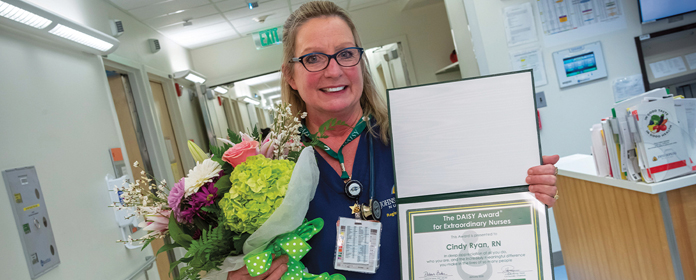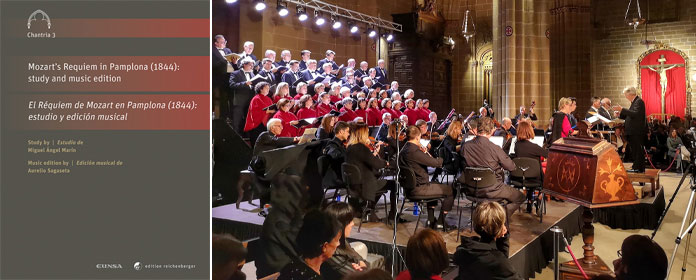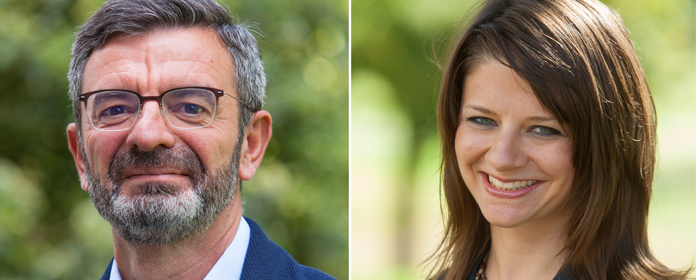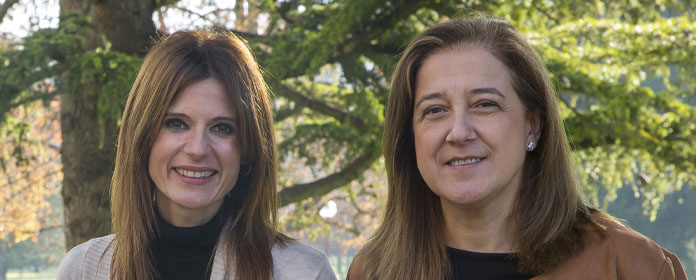"El impacto social de la investigación supone más que comunicar los resultados: implica mejorar la vida de las personas y de su comunidad"
José Miguel Carrasco, socio fundador de una cooperativa de investigación social en salud y bienestar, imparte el módulo de investigación cualitativa en el Máster en Investigación en Ciencias Sociales

FOTO: Isabel Solana
Cada año se publican más de dos millones de artículos científicos en el mundo, según datos del Banco Mundial. El conocimiento generado en todas las áreas del saber podría impulsar el progreso de la humanidad, pero, ¿en qué medida repercute realmente en los ciudadanos? En la actualidad, numerosos centros de investigación y entidades financiadoras de todo el mundo -desde fundaciones privadas hasta gobiernos- están inmersos en un proceso de reflexión sobre cómo lograr que la aportación de los especialistas traspase las fronteras de sus bibliotecas y laboratorios para promover la innovación y el cambio.
“El impacto social de la investigación supone mucho más que comunicar los resultados: implica mejorar la vida de las personas y de su comunidad”, apunta José Miguel Carrasco, licenciado en Ciencias Políticas y Sociología y doctor en Salud Pública.
Este antiguo investigador del Instituto Cultura y Sociedad (ICS) de la Universidad de Navarra y actual profesor del Máster en Investigación en Ciencias Sociales (MICS) cuenta con una trayectoria de más de 15 años. Partiendo de la experiencia y la visión que ha adquirido en ese tiempo, recientemente ha puesto en marcha junto con otros dos socios Aplica Coop, una cooperativa dedicada a tres áreas: el apoyo a la investigación, la docencia en cuestiones como investigación cuantitativa y cualitativa o la evaluación de impacto en salud; y a la transferencia del conocimiento científico a la sociedad, así como su implementación.
Aventura emprendedoraJosé Miguel Carrasco señala que al final de muchos papers se indica: “Este artículo podría servir para…”. Lamenta que quienes podrían hacer uso de esas conclusiones para tomar medidas que beneficien a la sociedad -legisladores, políticos…- no los leen. “Sentimos que la producción científica está muchas veces desconectada del impacto social y queremos proporcionar mecanismos a los equipos investigadores para que den ese salto”, relata.
Algunos de los proyectos de mayor magnitud en los que han participado son la implementación de una aplicación de móvil de la Organización Mundial de la Salud para que pacientes de India, Uganda y Zimbabue tengan un mejor control de síntomas sin necesidad de que los equipos clínicos se desplacen a examinarles. También están colaborando con un proyecto europeo de una universidad levantina, encargándose de su incidencia política y comunicativa.
Su aventura emprendedora está teniendo, sin duda, un comienzo prometedor. Muestra a los jóvenes investigadores que, tras un recorrido de formación y experiencia en universidades y centros investigadores pueden ver más allá y descubrir opciones profesionales como ONG, fundaciones, consultoras… que buscan aplicar en determinadas áreas, como la salud o la educación, los datos recabados. “Son un ejemplo de que también se puede investigar sin buscar el impacto académico, sino directamente la intervención”, detalla Carrasco.
El valor de la investigación cualitativaA la hora de desarrollar los proyectos de forma rigurosa, ya sea en la academia o en otro tipo de instituciones, puntualiza que además de los aspectos cuantitativos -‘cuánto’ o ‘cuántas veces’- hay que tener en cuenta los cualitativos - ‘cómo’ o ‘por qué’ -. Precisamente, en el MICS imparte clase sobre estas metodologías.
“La investigación cualitativa ayuda a comprender por qué la gente piensa y se comporta de una forma. Si solo medimos los números perdemos los matices del discurso que hay detrás”, comenta. Y argumenta que, de cara al impacto social, esto es imprescindible: “Cuando queremos trasladar las conclusiones de un trabajo científico a la ciudadanía, saber cómo y por qué sienten, piensan y reaccionan de una determinada manera nos ayuda a caracterizar a los receptores de nuestros mensajes y, por tanto, a alcanzarles con más éxito”.





